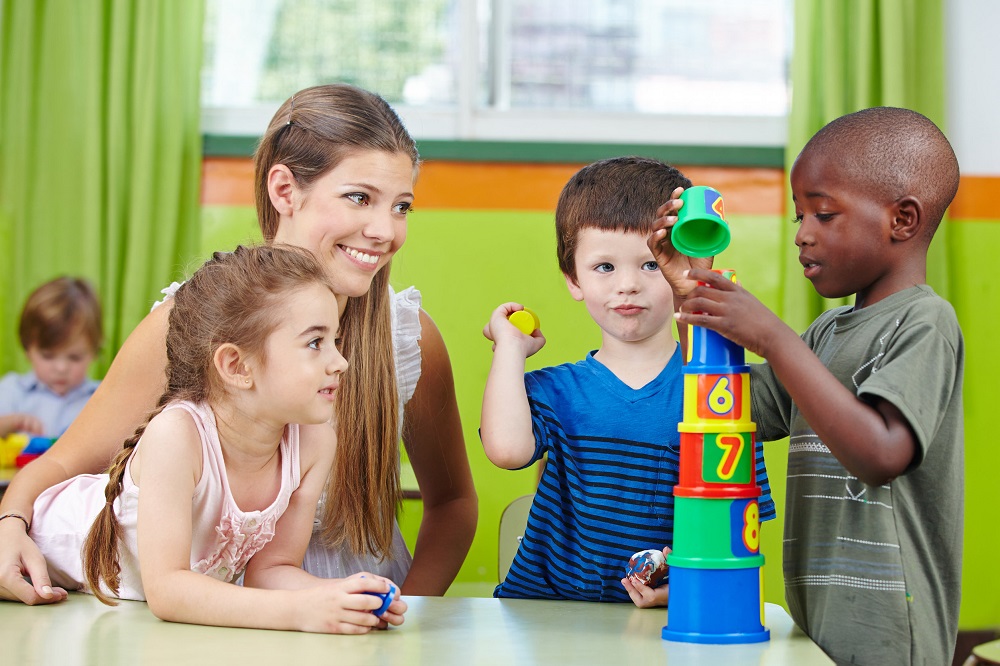Education is a fundamental right that should be accessible to all children, regardless of their socioeconomic status. However, underprivileged children often face numerous barriers that hinder their ability to access quality education.
One crucial aspect that can significantly impact their learning journey is the creation of safe and inclusive learning environments. When children feel safe and valued in their learning spaces, their potential for growth and success is boundless.
This blog of Fikrah defines – Safety is the foundation of any successful learning environment. For underprivileged children, safety encompasses physical, emotional, and psychological well-being. Physical safety involves ensuring that the school infrastructure is secure and that measures are in place to prevent accidents or harm.
Emotional safety entails fostering a nurturing atmosphere where children feel comfortable expressing their thoughts and emotions without fear of judgment or ridicule.
Creating an inclusive environment is equally vital as it recognizes and respects the diversity of students. Underprivileged children may come from different cultural, linguistic, or social backgrounds, and it is crucial to embrace and celebrate these differences.
Inclusivity means implementing teaching methods that accommodate diverse learning styles and abilities, ensuring that no child is left behind.
Teachers and school administrators play a pivotal role in establishing safe and inclusive environments. They must undergo training to understand the challenges faced by underprivileged children and learn strategies to address these issues effectively. Encouraging open communication with students and parents can also help identify specific needs and tailor support accordingly.
Moreover, involving the local community is essential for creating a holistic learning environment. Community engagement can lead to collaborative efforts in providing resources and support for underprivileged children.
It can also help in breaking down barriers between the school and the community, fostering a sense of belonging for the students.
One of the primary goals of creating safe and inclusive learning environments for underprivileged children is to promote a love for learning. When children feel safe, accepted, and valued, they are more likely to be engaged in their studies and show improved academic performance.
Click here to know more about “Four Elements for creating a Positive Learning Environment”
Conclusion
Building safe and inclusive learning environments for underprivileged children is not only a moral imperative but also a practical investment in their future and the future of society. By recognizing the unique needs of these children and offering them a supportive and nurturing educational experience, we empower them to reach their full potential and become active contributors to their communities.
Collaboration among educators, parents, communities, and policymakers is the key to making this vision a reality, as we work together to ensure that every child receives the education they deserve.

